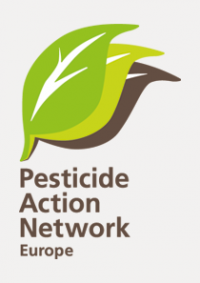Endocrine disruptors are defined by WHO as “exogenous compounds or mixtures that alter function(s) of the endocrine system and consequently cause adverse effects in an intact organism, or its progeny, or (sub) populations”.1 European Union (EU) laws on pesticides (plant protection products regulation [PPPR]) and biocide products regulation (BPR), enacted in 2009 and 2012, respectively, place restrictions on the use of active substances with severe forms of toxicity, including carcinogenicity, mutagenicity, reproductive toxicity, and endocrine disruption. Chemicals with such properties will in the future not receive authorisation for placement on the market as active substances in pesticide or biocide products. Compared with earlier EU law, these legal provisions are innovative in two respects: first, for the first time, pesticides and biocides with endocrine-disrupting properties are regulated; second, those with severe toxicities are regulated solely on the basis of hazard identification, and not by risk assessment, as previously. Hazard identification pinpoints a potential threat to health (eg, a chemical), which is further analysed in a process of hazard characterisation in terms of additional features such as species sensitivities, dose-response relationships, and others. Risk assessment relates the likelihood that an effect occurs to exposures experienced under different circumstances.2 This development requires that scientific criteria for the identification of endocrine disruptors are developed, and the European Commission (EC) was obliged by law to publish such scientific criteria within the context of PPPR and BPR by 2013.
